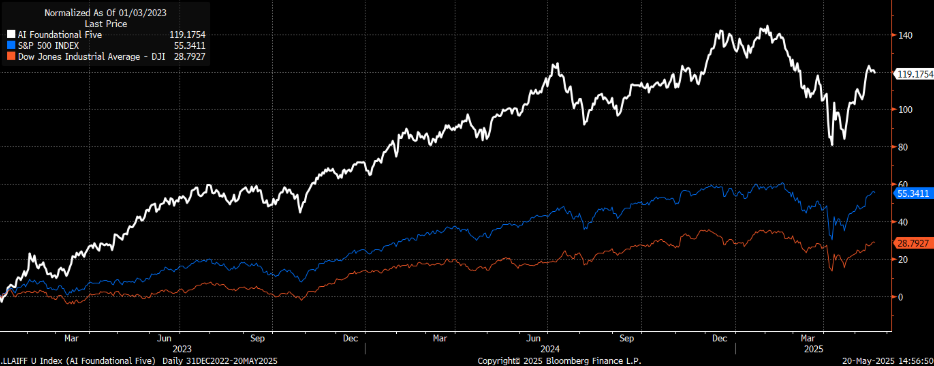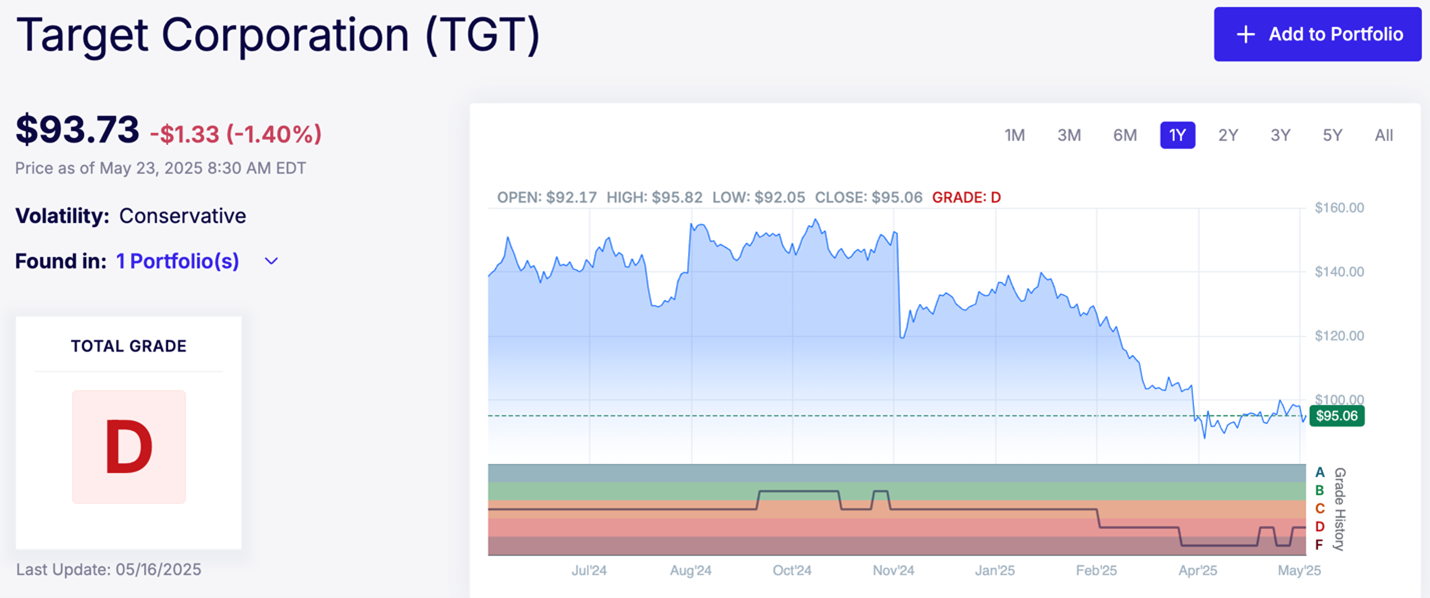Nvidia Faces Challenges Amid Significant Market Declines in 2025
Nvidia (NASDAQ: NVDA) has encountered difficulties in 2025 after a period of remarkable success. The company’s stock has decreased by roughly 20% this year, resulting in a loss of nearly $1 trillion in market capitalization. Moreover, it is lagging behind major stock market indexes.
This raises important questions: Where is Nvidia’s stock headed next, and what crucial metrics should investors monitor? Let’s explore these topics.
Revenue From Data Centers Drives Nvidia’s Success
Nvidia’s revenue has skyrocketed over the past three years. In fiscal 2022, the company reported revenue of $26.9 billion. However, its trailing-12-month revenue has surged to $130.5 billion, marking a fivefold increase.
The primary growth driver is Nvidia’s data center unit, which generated $115.2 billion, accounting for 88% of the company’s total revenue in fiscal 2025.
This unit specializes in designing and selling graphics processing units (GPUs), essential for all stages of artificial intelligence (AI) development, including training, inference, and deployment.
As AI models like ChatGPT gain popularity, Nvidia has emerged as the top provider of data center GPUs, reportedly generating about three times more data center revenue than its closest competitors: Intel, Advanced Micro Devices, and IBM combined.
Despite its current dominance, questions arise about whether Nvidia can maintain its lead.
Concerns Loom Over Nvidia’s Future
Two significant concerns currently impact Nvidia: one related to the AI industry and the other tied to trade policies.
The first concern is the potential cooling of AI model growth and data center demand. Analysts are divided on this issue. Some believe that emerging AI models, such as DeepSeek AI, may become more efficient, thus requiring less computing power and fewer GPUs. Conversely, others argue that increased efficiency may lower barriers to creating new models, ultimately driving up GPU demand.
Regardless of differing opinions, the key question is not whether the GPU market will shrink, but whether its growth rate will slow. There is widespread agreement that the GPU market will continue to expand for years to come.
The second concern pertains to trade, notably between China and the U.S. As AI models become crucial for national security, GPUs have also come under scrutiny. The U.S. has implemented export restrictions on certain Nvidia GPUs, banning direct sales to Russia and China while limiting sales to other countries like Saudi Arabia and India.
Should these U.S. restrictions tighten or if foreign nations impose retaliatory tariffs on U.S. GPUs, Nvidia’s data center business might face challenges.
In summary, while Nvidia’s core business remains strong, ongoing trade tensions cloud its outlook.
Should Investors Consider Nvidia Now?
Despite uncertainties, Nvidia’s fundamentals still appear attractive. The stock currently has a price-to-earnings ratio of 37, relatively close to the five-year low of 32 recorded in early April.
Moreover, just as concerns over trade and data center growth emerged earlier this year, they could dissipate quickly. A policy shift from the Biden administration or a breakthrough in AI technology could propel both the market and Nvidia’s stock back to prior highs.
For investors with a long-term perspective, this recent downturn may present a favorable buying opportunity for Nvidia.
Jake Lerch has positions in International Business Machines and Nvidia. The Motley Fool has positions in and recommends Advanced Micro Devices, Intel, International Business Machines, and Nvidia. The Motley Fool recommends shorting May 2025 $30 calls on Intel. The Motley Fool has a disclosure policy.
The views expressed reflect the author’s opinions and do not necessarily represent those of Nasdaq, Inc.






